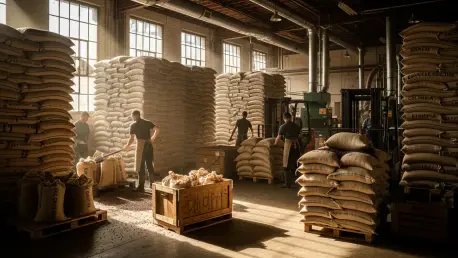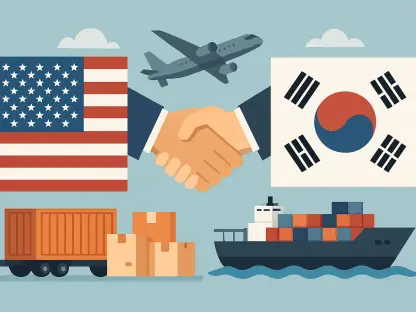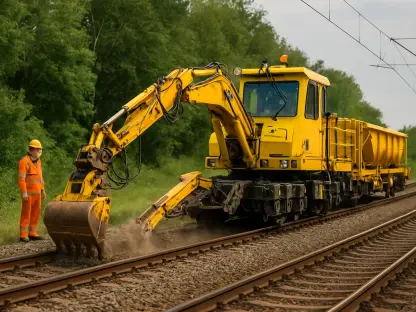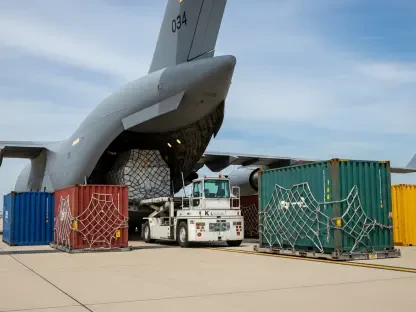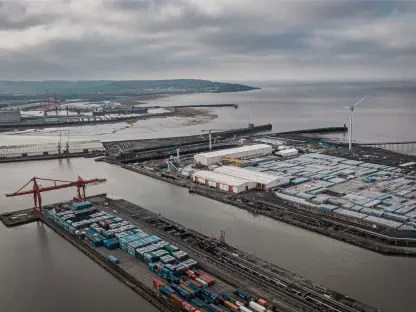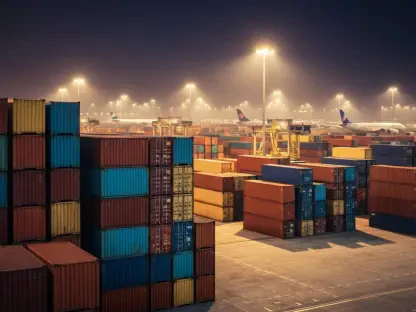Allow me to introduce Rohit Laila, a seasoned expert with decades of experience in the logistics industry, focusing on supply chain management and delivery. Rohit’s passion for technology and innovation has positioned him as a thought leader in the beverage sector, particularly in navigating complex transformations like business spinoffs and supply chain optimization. Today, we dive into the strategic moves within the industry, exploring topics such as the rationale behind major corporate decisions, the pursuit of significant cost savings, and the challenges of sourcing and external market volatility. Join us as Rohit shares his insights on how these strategies can reshape a company’s future.
Can you walk us through the motivations behind spinning off a major coffee business like Keurig Dr Pepper’s?
Certainly. The decision to spin off a coffee business often stems from a desire to sharpen focus and create more value. By separating the coffee unit into its own entity, the company can prioritize specialized strategies tailored to that market, whether it’s innovation in products or efficiency in operations. It also allows the parent company to streamline its own goals, potentially focusing on other beverage categories. From a broader perspective, this move aligns with long-term objectives of agility and competitiveness, ensuring each business unit operates at its peak potential without being weighed down by differing priorities.
How does a company identify and target something as ambitious as $200 million in supply chain savings over a few years?
Achieving such a target starts with a deep dive into every layer of the supply chain. You look at procurement, manufacturing, logistics, and even warehousing for inefficiencies or redundancies. For instance, consolidating suppliers or renegotiating contracts can yield big savings. It’s also about leveraging technology to optimize routes and reduce transportation costs. Confidence in these numbers comes from rigorous analysis—both high-level projections and detailed, ground-up planning. When teams are already in place to execute these changes, it adds a layer of assurance that the goal isn’t just a wish, but a well-mapped plan.
What does improving ‘sourcing resiliency’ mean in the context of a coffee business spinoff, and why is it critical?
Sourcing resiliency is all about building a supply chain that can withstand disruptions. For coffee, this means securing a steady flow of green coffee beans despite challenges like geopolitical issues or natural disasters. Combining forces with another major player, like in this case, can enhance access to diverse suppliers and larger purchasing power, which helps stabilize costs and availability. It’s a buffer against sudden shocks—think tariffs or unexpected harvest shortages due to climate change. Without this resilience, a business risks production halts or skyrocketing costs, which can erode profitability.
Can you explain what manufacturing consolidation looks like when restructuring a coffee business?
Manufacturing consolidation typically involves reducing the number of facilities or streamlining operations within existing ones to cut costs and boost efficiency. In practical terms, it might mean closing underperforming plants or centralizing production in fewer, more advanced locations. For a coffee business, this could also involve aligning production closer to key markets to reduce transport costs. The goal is to eliminate waste—whether it’s unused capacity or duplicated efforts—while maintaining or even improving output quality. It’s a delicate balance, though, as you don’t want to disrupt supply to customers.
How does optimizing a logistics network play a role in transforming a coffee business after a spinoff?
Logistics optimization is about getting products from point A to point B in the most cost-effective and timely way possible. For a coffee business, this might involve rethinking distribution hubs to be closer to retail partners or using data analytics to plan shorter delivery routes. It can also mean consolidating shipments to reduce fuel costs or partnering with third-party logistics providers for better rates. The impact is twofold: you save money and improve customer satisfaction with faster, more reliable delivery. It’s a critical piece of staying competitive in a tight-margin industry.
With coffee prices climbing due to tariffs and climate change, how can a spinoff help a company weather these external pressures?
A spinoff, especially when it creates a larger combined entity, can provide significant leverage. Scale matters when negotiating with suppliers—bigger volumes often mean better prices or priority during shortages. It also allows for more resources to invest in strategies like diversifying sourcing regions or exploring sustainable farming partnerships to mitigate harvest declines. While it’s not a complete shield against rising costs or shrinking yields, the increased flexibility and financial muscle of a standalone or merged coffee business can make navigating these storms a lot more manageable.
Beyond supply chain savings, where else can a company find significant cost reductions during a business separation?
Outside of supply chain, there’s often room to trim costs in areas like Selling, General, and Administrative expenses—think marketing, overhead, or redundant staff roles. IT is another big one; consolidating systems or moving to cloud-based solutions can save millions. These cuts need careful handling, though. You don’t want to slash so deep that day-to-day operations suffer or employee morale takes a hit. The key is identifying overlaps or outdated processes that can be streamlined without sacrificing quality or growth potential. It’s about working smarter, not just cheaper.
What strategies can a spinoff employ to better handle external volatility like tariffs or commodity price swings?
A spinoff can position a company to be more nimble in the face of volatility. For starters, a focused coffee entity can build stronger, more direct relationships with suppliers across multiple regions, reducing dependency on any single market affected by tariffs. Hedging strategies for commodity prices can also play a role—locking in costs for beans ahead of price spikes. Additionally, having a dedicated leadership team means quicker decision-making when disruptions hit, whether it’s rerouting supply chains or adjusting pricing models. It’s about creating a structure that can pivot fast without the drag of a larger, mixed portfolio.
What’s your forecast for the future of supply chain strategies in the beverage industry, especially for coffee businesses?
I see the future of supply chain strategies in the beverage industry, particularly for coffee, leaning heavily on technology and sustainability. We’re likely to witness more adoption of AI and data analytics for predicting demand and optimizing inventory, which will cut waste and costs. At the same time, there’s growing pressure to build sustainable sourcing models—think fair trade or climate-resilient farming partnerships—as consumers and regulators demand accountability. Volatility isn’t going away, so resilience will remain a buzzword, with companies diversifying suppliers and investing in local production where feasible. It’s an exciting time, but it’ll require bold innovation to stay ahead of the curve.
